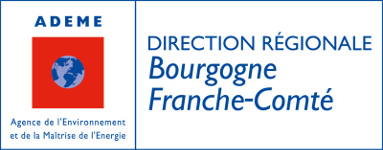Disable some web server access logs
Heavy traffic can lead to web server access logs becoming very large. It is therefore recommended that you disable all except those that are essential. By limiting the number of events registered in the application’s log, we avoid writing to the disk, which minimizes CPU consumption and the storage space needed.
Adapt the quality of service and the service level agreement
Electricity consumption
The Quality of Service (QoS) and the Service Level Agreement (SLA) must be outlined with the website or online service’s users. For example, there is no reason to host the service in a high-availability data center (Tier IV) if the users are prepared to accept an availability of equal to or under 99% for a non-critical service. With equal energy efficiency, the more data center hosting the website or online service is available, the larger its overall environmental footprint. This is primarily because everything is mirrored and active, with dual-powered electricity and dual-powered cooling systems, etc.








